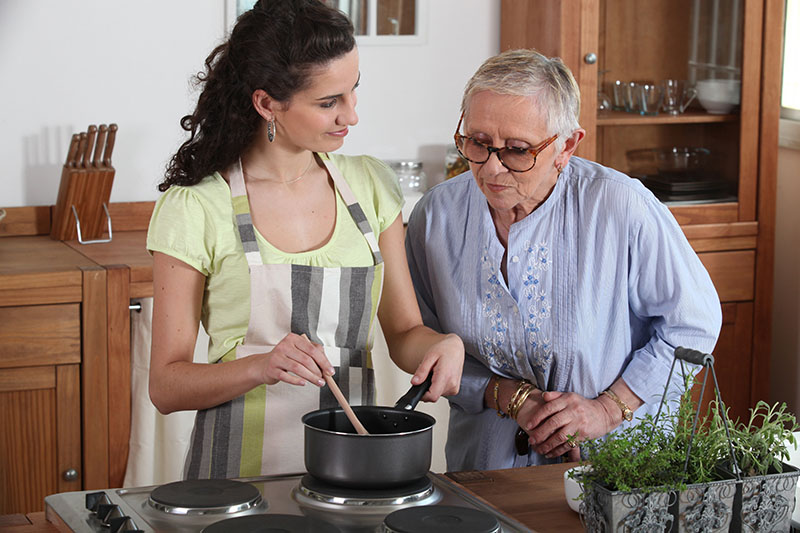Healthy eating involves a change in diet and eating habits. At Priority, we can ensure your loved one eat a balanced diet of energy-rich foods while reducing the occurrence of nausea, constipation, and malnutrition.
The 5 Stages of Parkinson’s Disease
Medical experts typically divide the progression of Parkinson’s Disease (and other forms of Parkinsonism) into 5 stages – with differing degrees of severity, requiring different levels of care.
Stage 1: At this early stage, symptoms are limited to tremor (involuntary shakiness) and changes in posture, facial expression and walking gait on one side of the body. For the most part, these symptoms can be treated with medication and don’t interfere with daily life.
Stage 2: The disease begins to affect both sides of the brain and body, causing stiffness and other movement problems. Living alone is still feasible, but daily tasks like preparing meals are time-consuming and more difficult to perform.
Stage 3: Hallmark symptoms of this stage include loss of balance and slowed reflexes –which greatly increase the risk of injury due to falls. Daily activities like dressing or eating become extremely difficult.
Stage 4: At this stage, mobility decreases to the point where the patient is no longer able to stand up or walk without assistance. As a result, living alone is no longer feasible and potentially dangerous.
Stage 5: The patient is confined to a bed or wheelchair due to extreme stiffness in the legs. Hallucinations, delusions, and dementia are common, and round-the-clock care becomes necessary.


